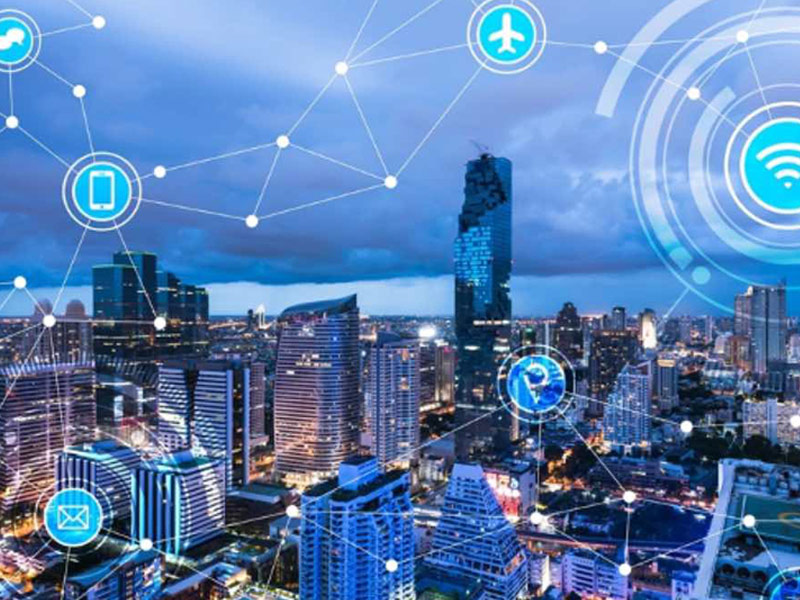
The world's "appetite" for wireless speed was insatiable. In just 40 years, we've been through five generations of wireless.
The global 5G market is projected to reach $ 668 billion with a combined annual growth of 122% (from 2020 to 2026). Moreover, almost half of this growth will be in the Asia-Pacific region.
Fifth generation technology is on the verge of takeoff. What sets this technology apart from its predecessor? & Nbsp; Let's start with the fact that improving 5G speed is something to look out for. It is 20 times faster than 4G. It takes about 6 minutes to download an average 4G movie & nbsp;. With 5G, it takes less than 20 seconds.
| Technology | 4G |
5G |
| Highest peak speed | 125 Mbps (downloads) | 2500 Mbps (download) |
| Number of devices per km² | 100k | 1 million |
| Lowest delay | 50 ms | & lt; 2 ms |
For other benefits, the fifth generation supports 10 times more devices per km². As a result, 5G will be able to work seamlessly with many other devices in the same area as before. This is crucial for its use in the inevitable Internet of Things (IoT).
Another fact is the delay. That is, the time required to send data from point A to point B. With 5G, the delay drops 25 times compared to 4G. This results in almost instantaneous data transfer.
5G is one of the most anticipated technologies of our time, and there are good reasons for that. In the coming years, the partnership between 5G and IoT could lead to a boom in smart technology, and this effect could affect economic growth.
The 5G network is an ideal backbone for IoT - it supports increasing the number of devices, speeds up data transfer and improves response time among connected devices.
5G allows cars to make their own decisions in a split second, making them safer. These cars can also connect to buildings, streetlights, other cars, etc. in smart cities, responding quickly to any problems and improving traffic flow.
The fifth generation can help the high-tech industry by using AR / VR to increase productivity and accuracy. Analytics and advanced robotics in intelligent factories can simplify production processes, leading to increased efficiency and reduced costs.
Although robotic operations are not new, 5G can allow these procedures to be performed remotely. & nbsp; Wearable and other smart medical devices provide patients with real-time information and accurate diagnoses. These two aspects will add additional revenue to GDP in health care.
New technology only at the beginning of its implementation around the world. However, & nbsp; supporting this latest generation of wireless will require a whole new series of infrastructure, including enabled devices, density and network access, and so on.
It will take several years to fully master 5G. But as the technological shift continues to evolve, investors can take advantage of the wave of opportunities that are available. & Nbsp; 5G is more than just modernization, it is the most important transformation of key segments of the economy.